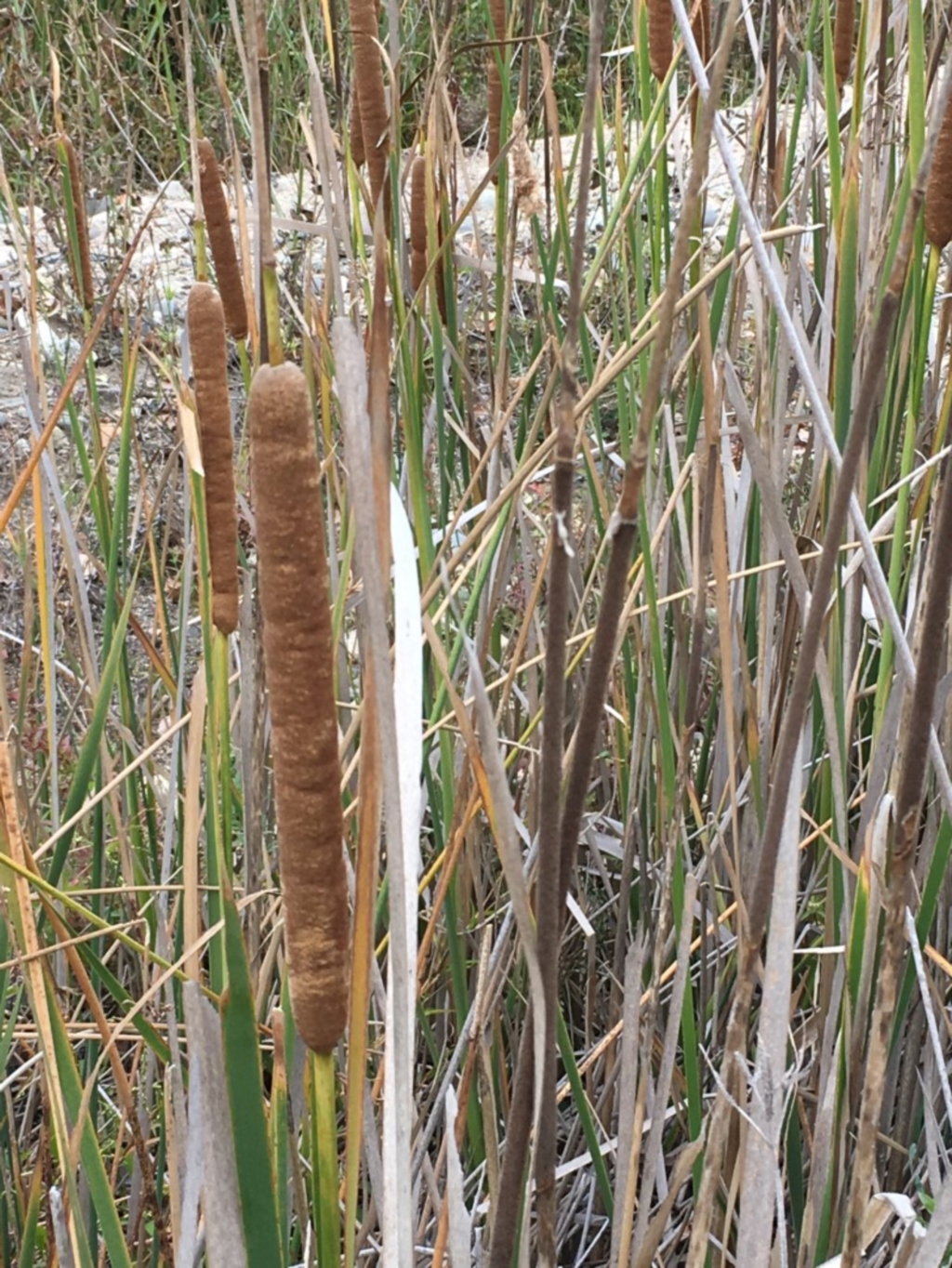Cumbungi at Booth, ACT
Identification history
Identify this sighting
Please Login or Register to identify this sighting.
User's notes
Colonising pools separated from stream.
5 comments
michaelb
wrote:
16 Apr 2019
Hi Jane
It is great to see you doing lots of riparian plants. As an Ecological consultant, do you have the expertise to recognise the difference between Typha orientalis and T. domingensis?
If so I will conform this for you.
Regards
Michael B
It is great to see you doing lots of riparian plants. As an Ecological consultant, do you have the expertise to recognise the difference between Typha orientalis and T. domingensis?
If so I will conform this for you.
Regards
Michael B
JaneR
wrote:
16 Apr 2019
Hi Michael,
This is my way of "learning" the local plants and local habitats after working mainly on lowland riverine systems in southern MDB for most of my professional life. I did my PhD on Typha ecology, and am confident about identification to species in lowland environments, using field characteristics such as leaf width, leaf habit, leaf colour and spike colour and shape. But there seems to be overlap between the species, more blurring in characteristics in upland habitats. Plants at this site were not easy to assign to one species or other. The leaf colour and some spikes (colour) are closer to domingensis, but spike shape (and some colour) is closer to orientalis. The habitat distinction is not great, and they can grow side by side (as at Lake BG): T. orientalis is more typical of permanent fresh water bodies, cooler places, and needs to grow more before it reproduces; T. domingensis can tolerate intermittent and slightly brackish waterbodies, and can reproduce when leaves are short.
On reflection, because of a bit of ambiguity, maybe it would be better to assign it to Typha sp for the moment ?
Regards
janeR
I have looked again, and , but also some that were consistent with Typha orientalis (however photographs taken of T. orientalis were not suitable so not submitted to CNMap).
I have re-checked all photos from this site (good and bad) and cross-checked with all other photos of Typha from other places, As the photo is not a good or clear-cut example of T. orientalis, perhaps it would be better to assign it to Typha sp.
This is my way of "learning" the local plants and local habitats after working mainly on lowland riverine systems in southern MDB for most of my professional life. I did my PhD on Typha ecology, and am confident about identification to species in lowland environments, using field characteristics such as leaf width, leaf habit, leaf colour and spike colour and shape. But there seems to be overlap between the species, more blurring in characteristics in upland habitats. Plants at this site were not easy to assign to one species or other. The leaf colour and some spikes (colour) are closer to domingensis, but spike shape (and some colour) is closer to orientalis. The habitat distinction is not great, and they can grow side by side (as at Lake BG): T. orientalis is more typical of permanent fresh water bodies, cooler places, and needs to grow more before it reproduces; T. domingensis can tolerate intermittent and slightly brackish waterbodies, and can reproduce when leaves are short.
On reflection, because of a bit of ambiguity, maybe it would be better to assign it to Typha sp for the moment ?
Regards
janeR
I have looked again, and , but also some that were consistent with Typha orientalis (however photographs taken of T. orientalis were not suitable so not submitted to CNMap).
I have re-checked all photos from this site (good and bad) and cross-checked with all other photos of Typha from other places, As the photo is not a good or clear-cut example of T. orientalis, perhaps it would be better to assign it to Typha sp.
MattM
wrote:
17 Apr 2019
Just popping in a comment so I can follow the thread and learn more about Typha.
KenT
wrote:
17 Apr 2019
For those interested in Typha there is a recently published revision based on chloroplast DNA , it includes the Australian species but no samples from Australia were included, see:
Beibei Zhou, Tieyao Tu, Fanjiao Kong, Jun Wen & Xinwei Xu (2018) Revised phylogeny and historical biogeography of the cosmopolitan aquatic plant genus Typha (Typhaceae) SCiENtiFiC REPORTs | (2018) 8:8813 | DOI:10.1038/s41598-018-27279-3 available at https://www.nature.com/articles/s41598-018-27279-3.pdf
Beibei Zhou, Tieyao Tu, Fanjiao Kong, Jun Wen & Xinwei Xu (2018) Revised phylogeny and historical biogeography of the cosmopolitan aquatic plant genus Typha (Typhaceae) SCiENtiFiC REPORTs | (2018) 8:8813 | DOI:10.1038/s41598-018-27279-3 available at https://www.nature.com/articles/s41598-018-27279-3.pdf
Please Login or Register to comment.
Nearby sightings
Location information
- Coordinates 149.051984-35.601399
- Maps Old Naas TSR
- Places Booth, ACT
Sighting information
- 4 - 15 Abundance
- 13 Apr 2019 03:44 PM Recorded on
- JaneR Recorded by
Additional information
- 1 metre to 5 metres Plant height
Species information
- Typha sp. Scientific name
- Cumbungi Common name
- Not Sensitive
- Local native
- Non-Invasive
- Up to 790m Recorded at altitude
- Machine learning
-
In flower
-
Ngunnawal language
Gummiuk
Record quality
- Images or audio
- More than one media file
- Confirmed by an expert moderator
- Nearby sighting(s) of same species
- GPS evidence of location
- Description
- Additional attributes

























































